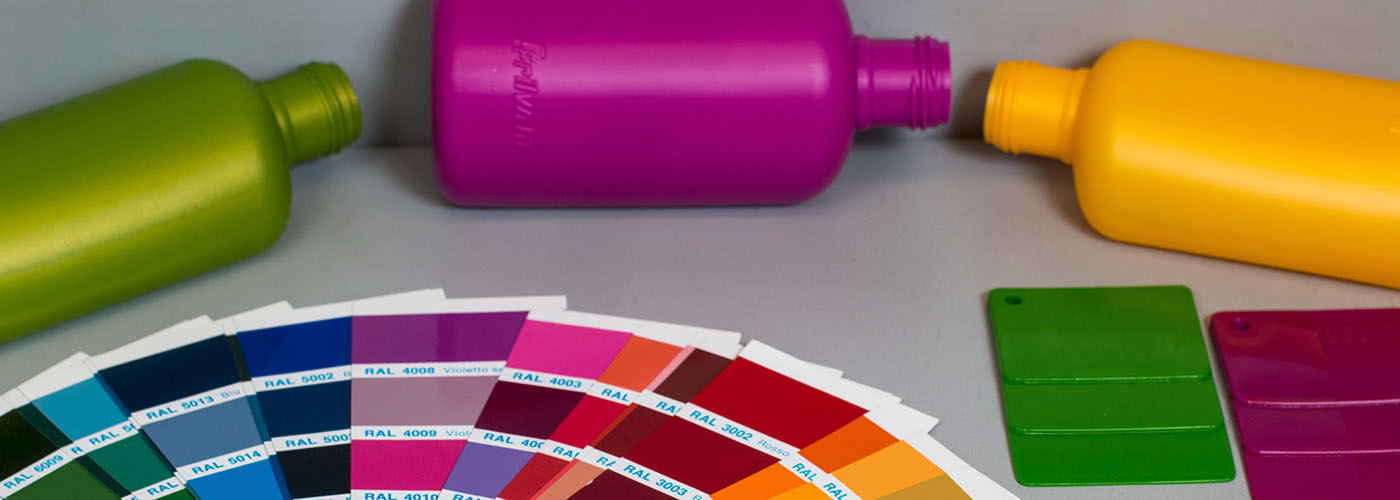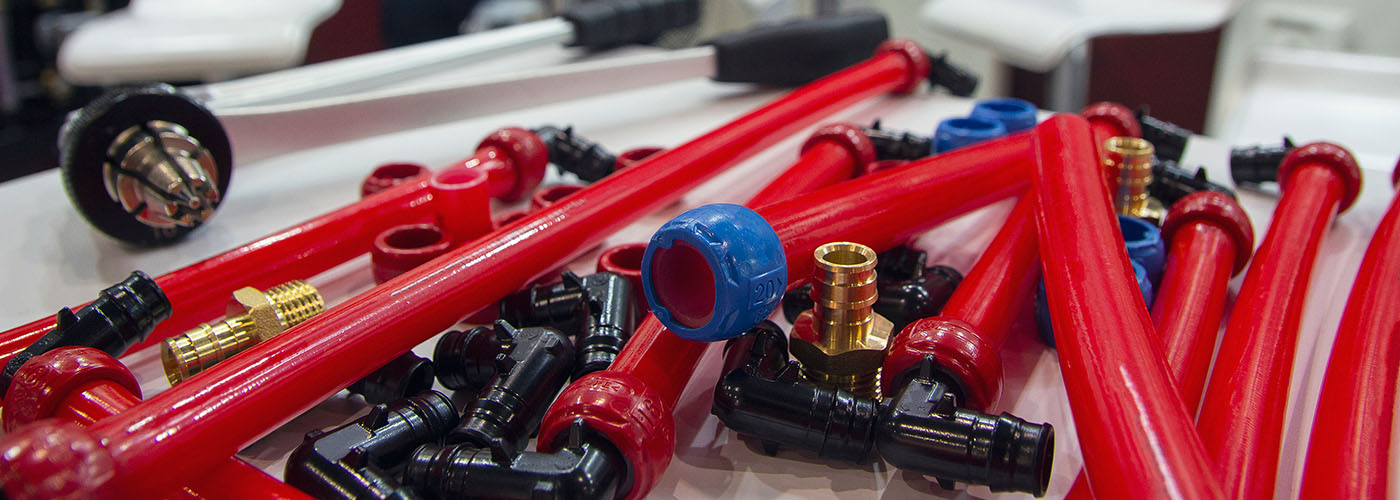Thermoplastic Elastomers, a family of flexible compounds, processed on injection molding or extruding equipment like regular thermoplastics but behaving similar to elastomers. They are produced by copolymerizing two or more monomers, using either block or graft polymerization techniques. One of the monomers develops the hard, or crystalline, segment that functions as a thermally stable component (which softens and flows under shear, as opposed to the chemical cross-links between polymeric chains in a conventional, thermosetting rubber); the other monomer develops the soft or amorphous segment, which contributes the rubbery characteristic. They can be used for flexibility, non-abrasive /non-marking, or skid resistance. These materials have the advantages of reuse of reground material and fast processing. Their disadvantage is that they have poor compression set characteristics compared to almost all rubber compounds.
Within this group of materials you can choose from Styrenic- (SBC), Olefinic-(TPO), Thermoplastic Polyurethane (TPU) with three other sub groups, Polyvinylchloride (PVC) and Dynamically Vulcanized Alloys (DVA) and Co-polyester Elastomers (COPE). The article "Performance Versus Cost TPE" under the General Industry News section will give you a general price vs performance graph.
Production Process: Molded Extruded Die-cut
go to Contact Us
return to Materials
return to Rubber






